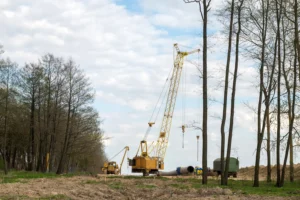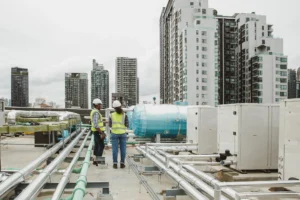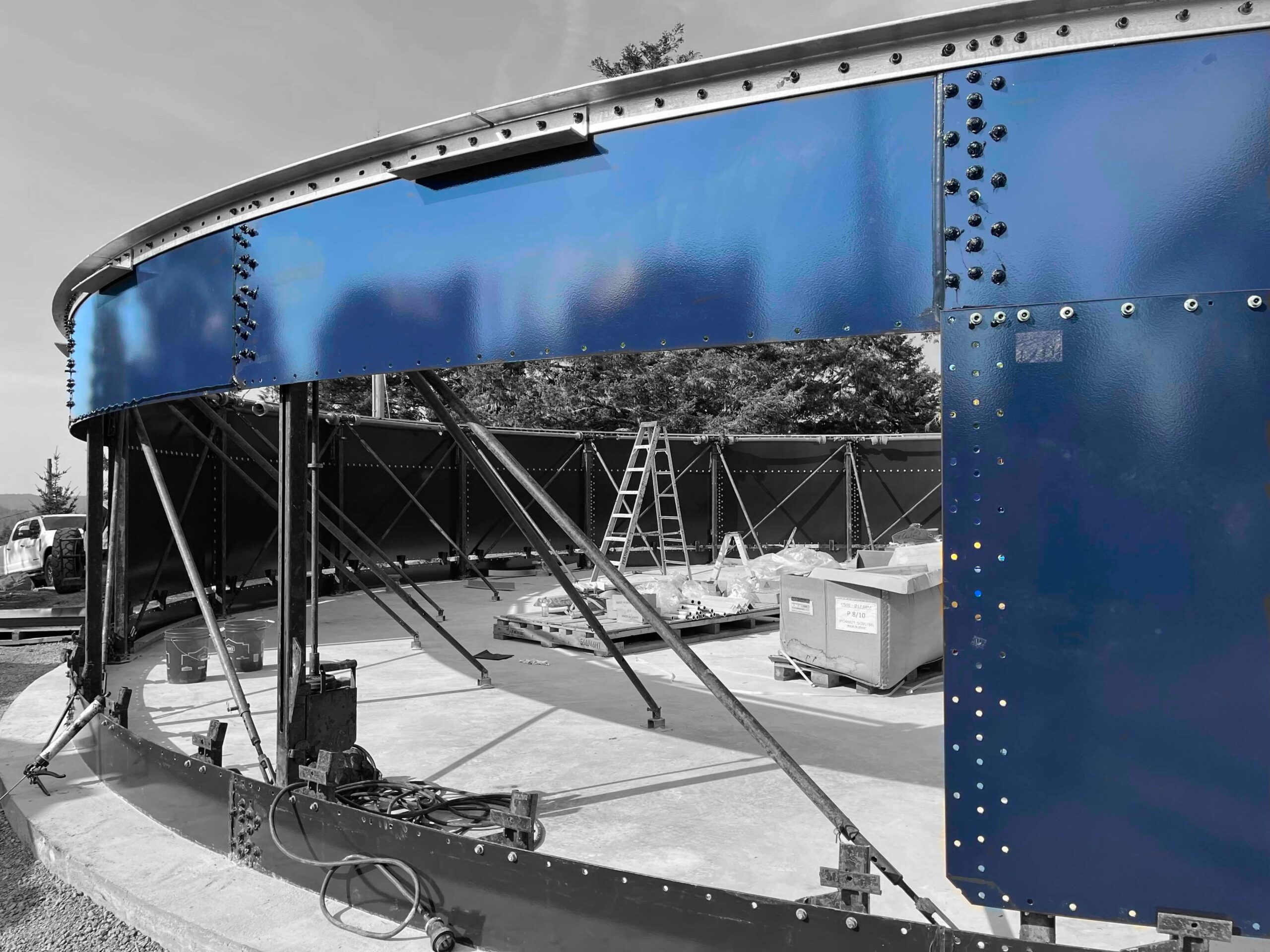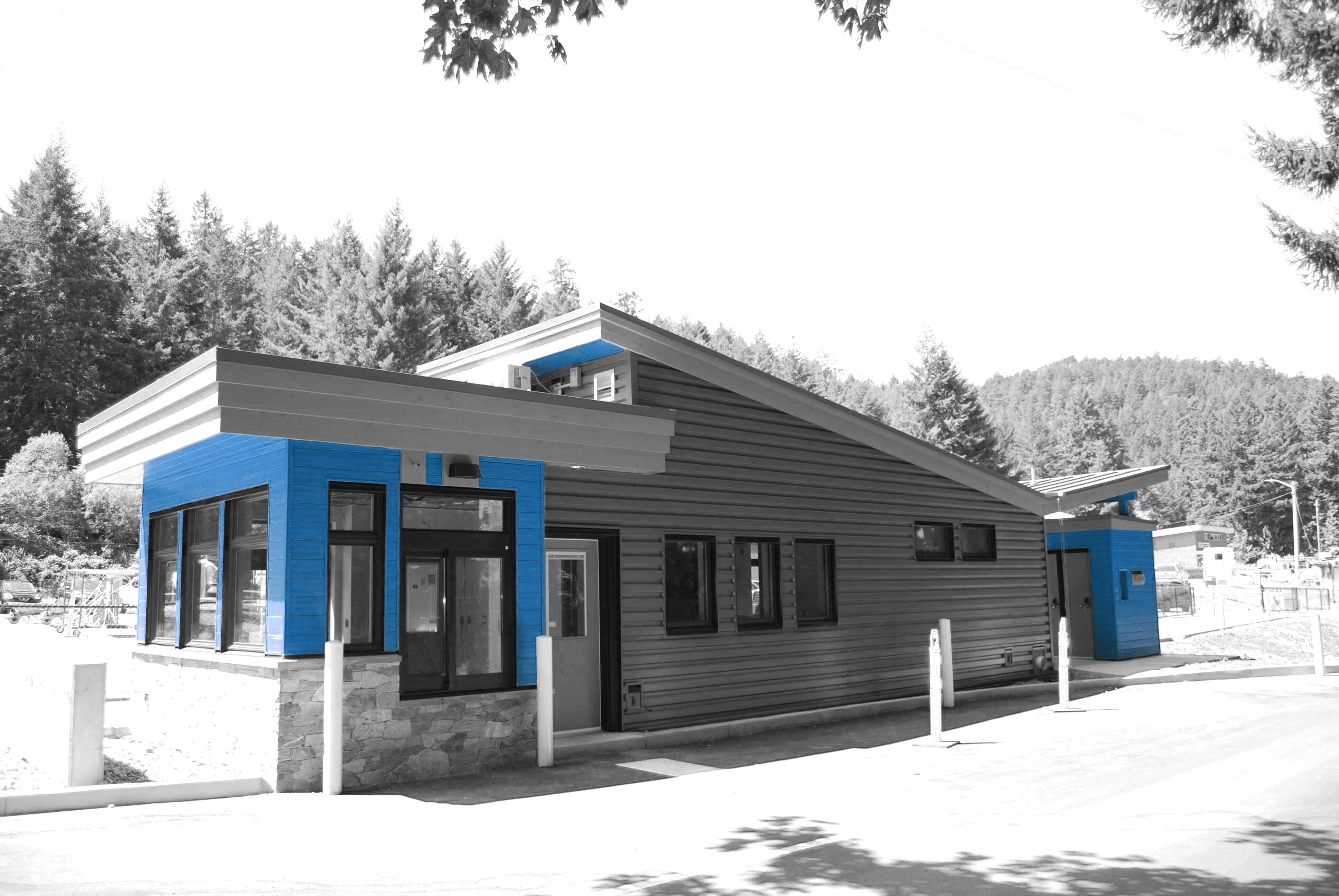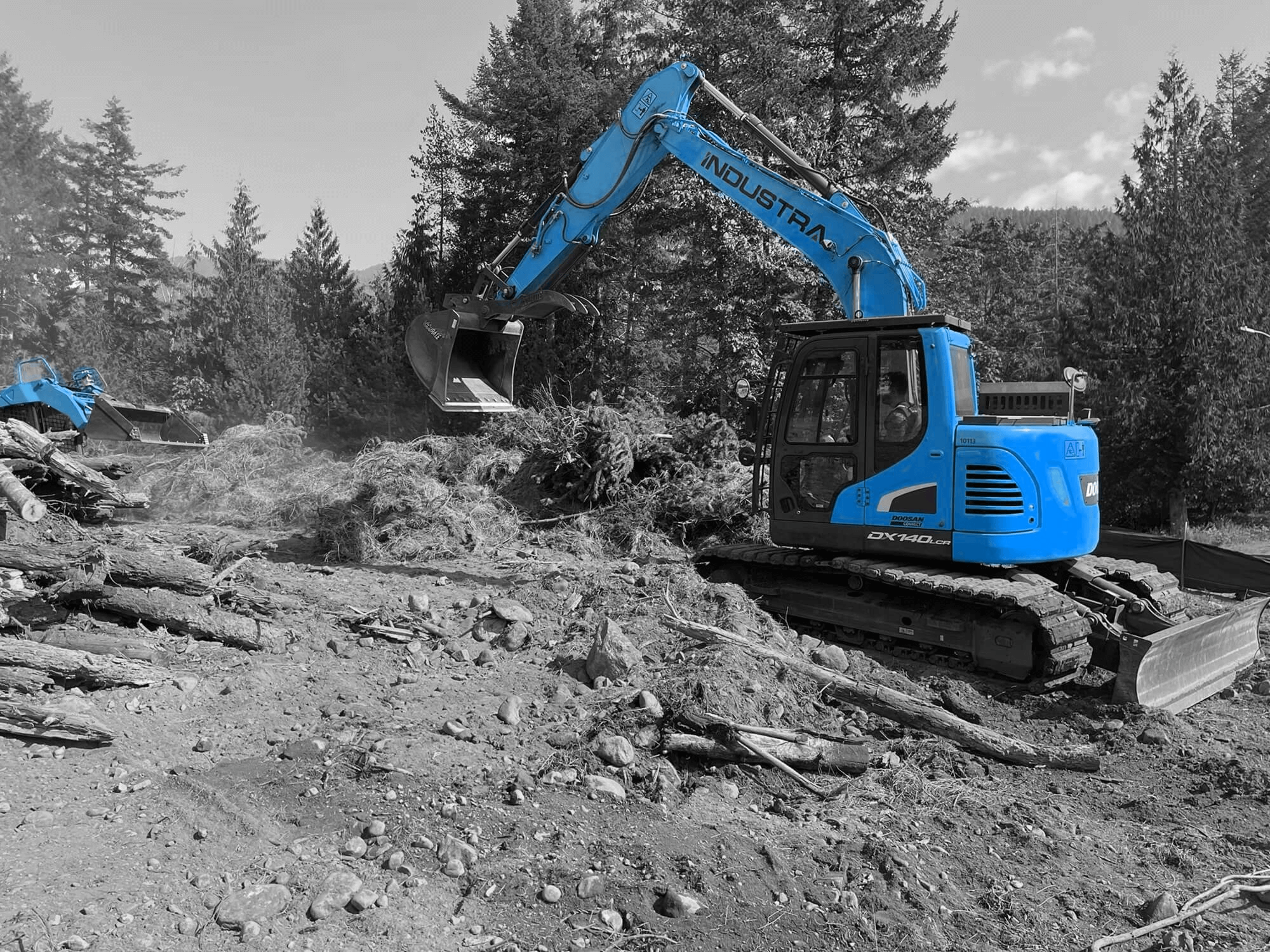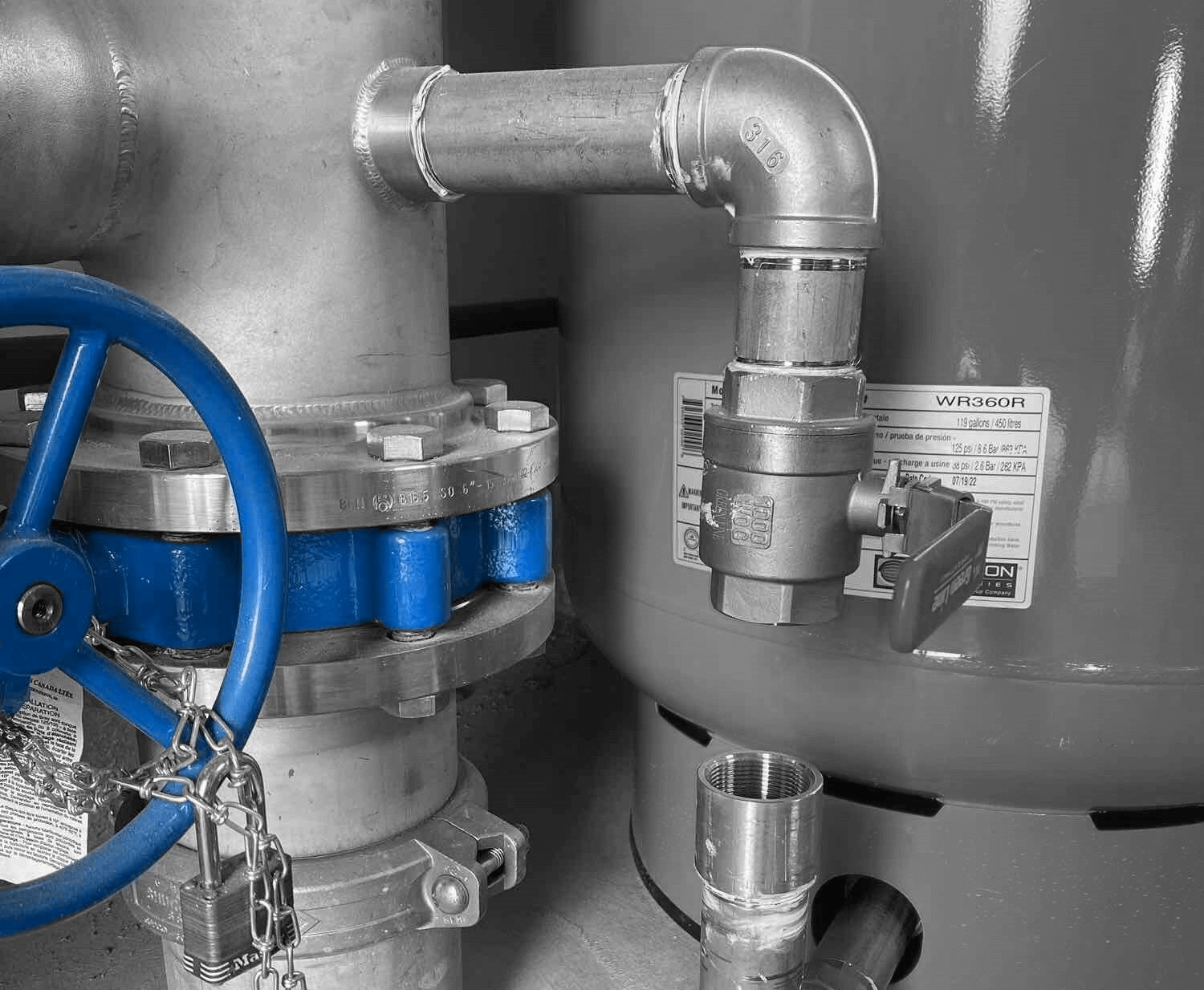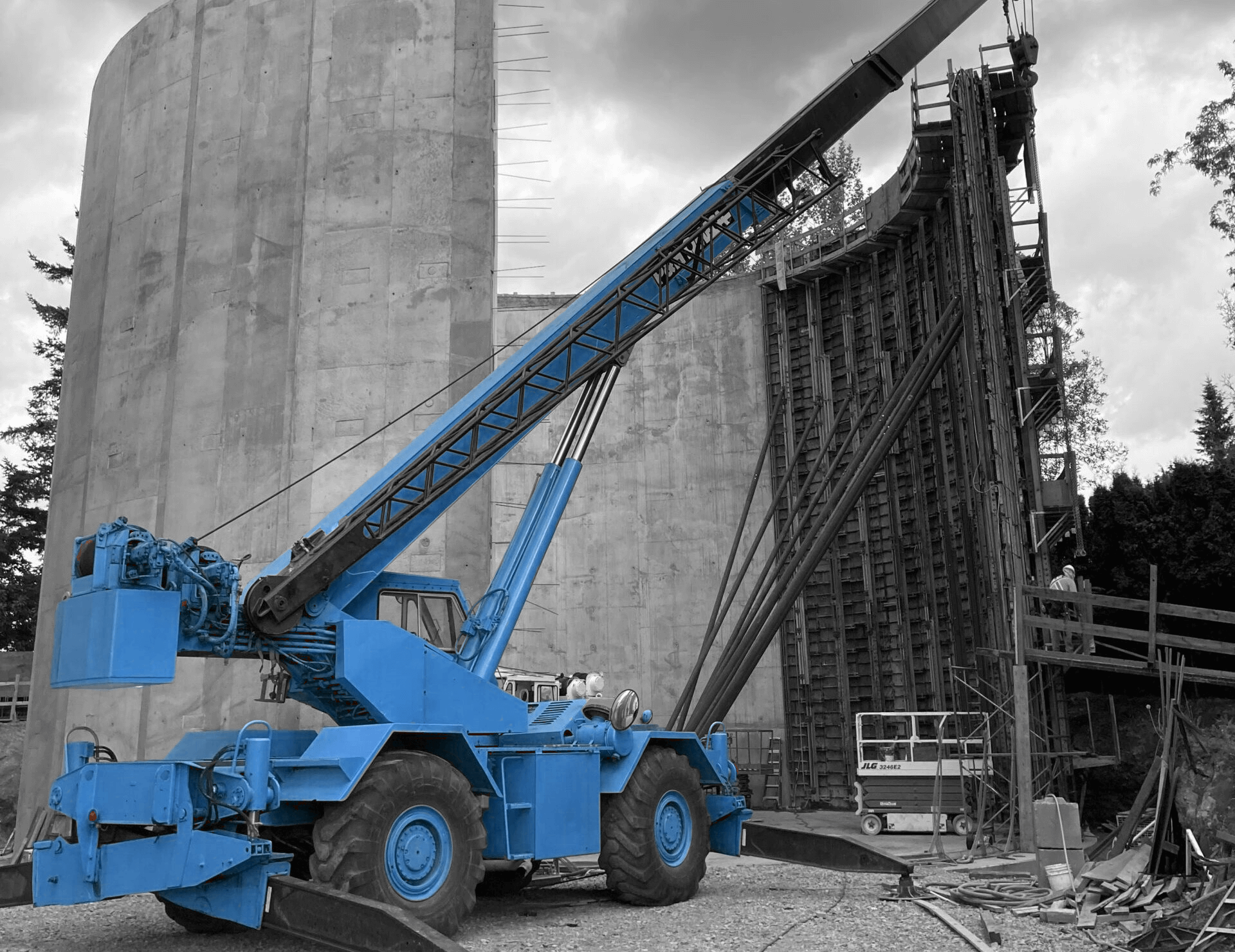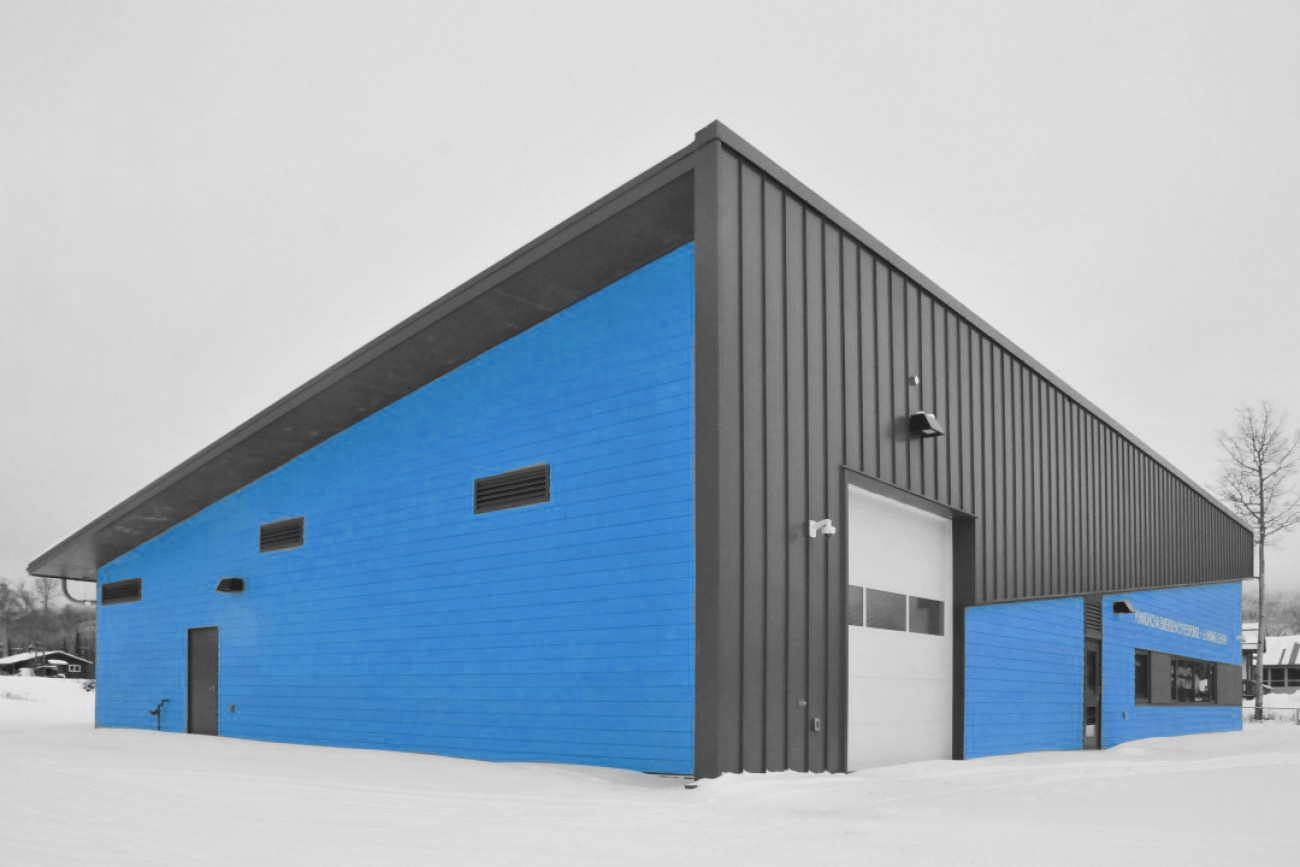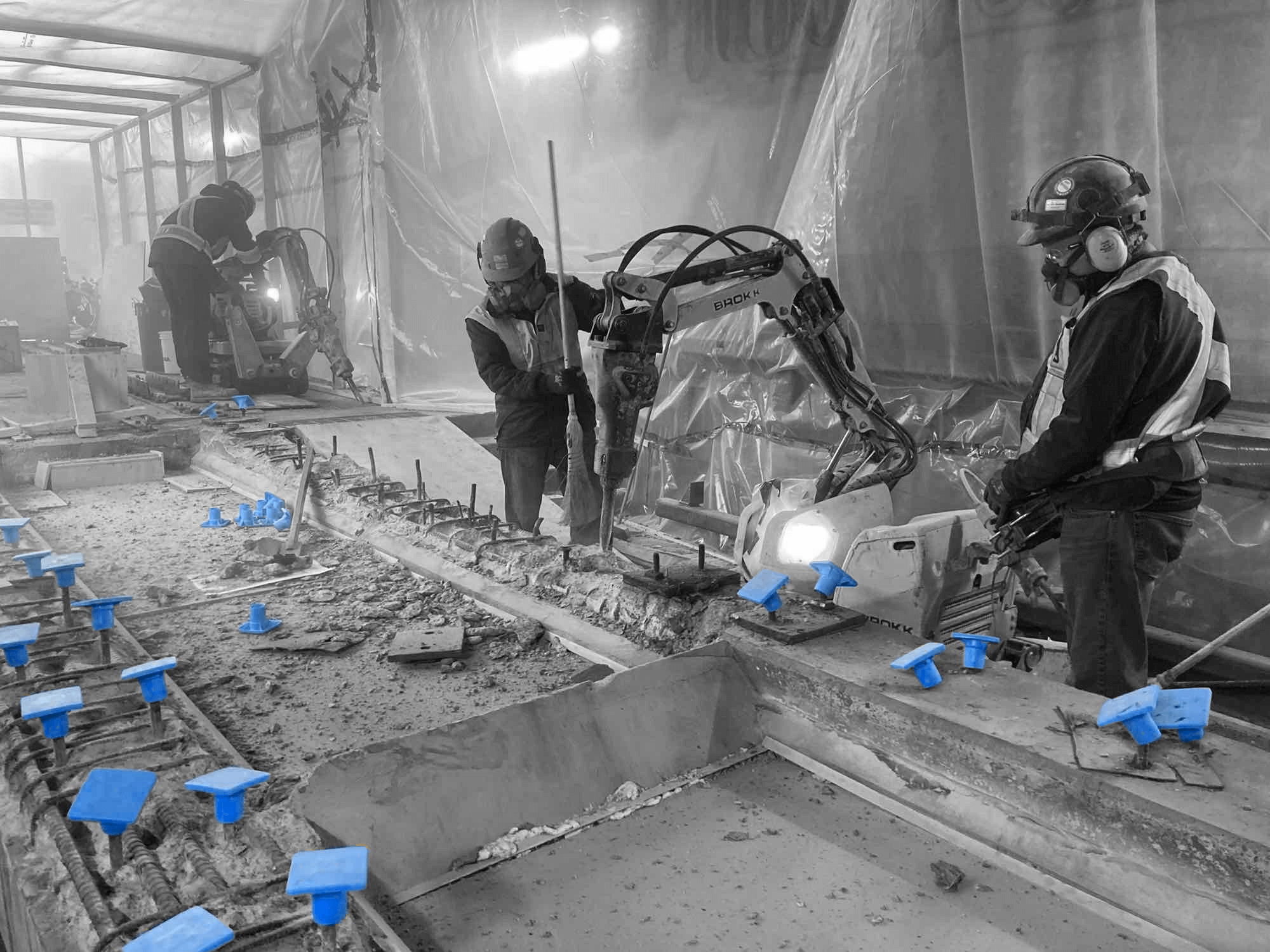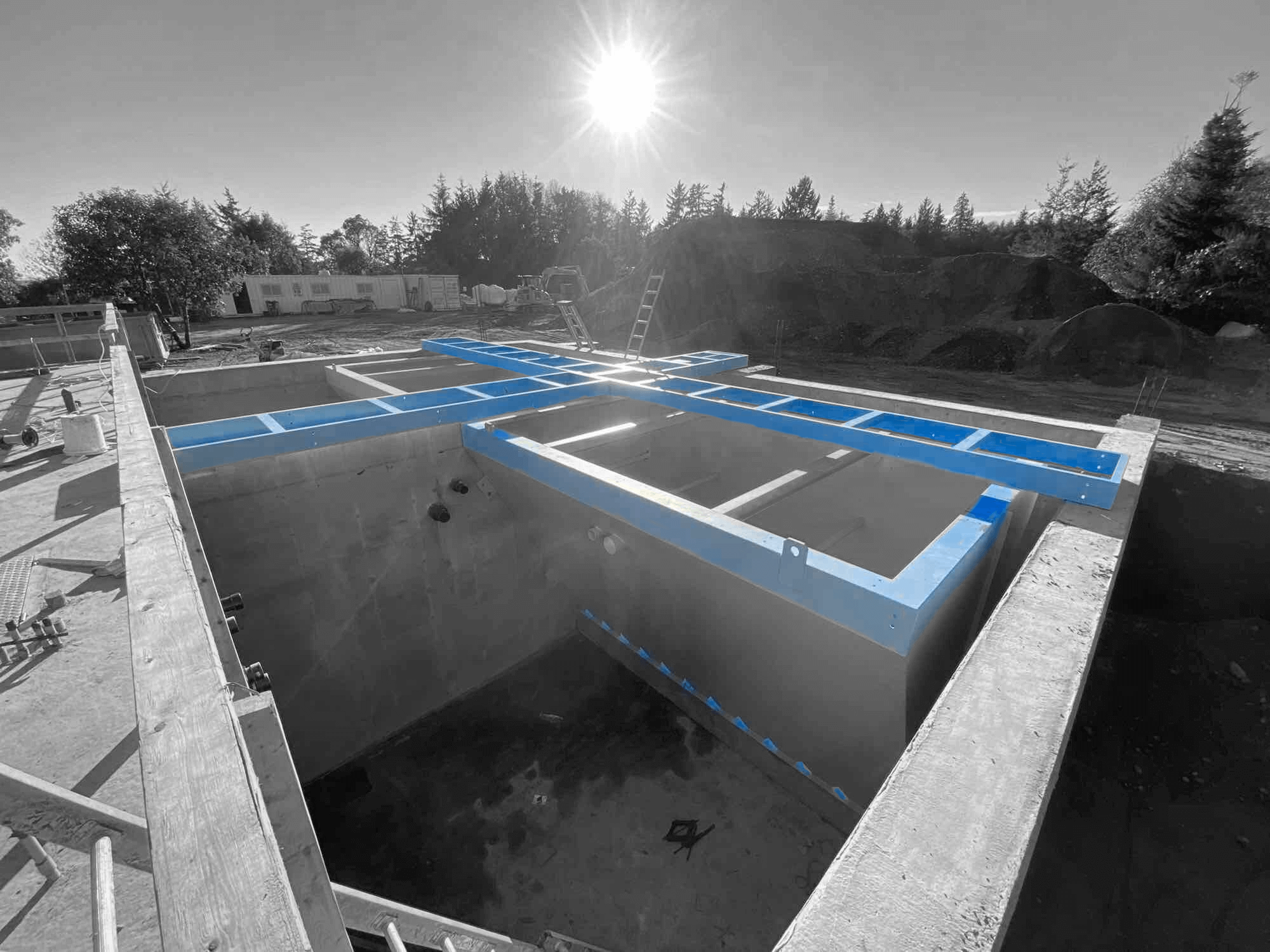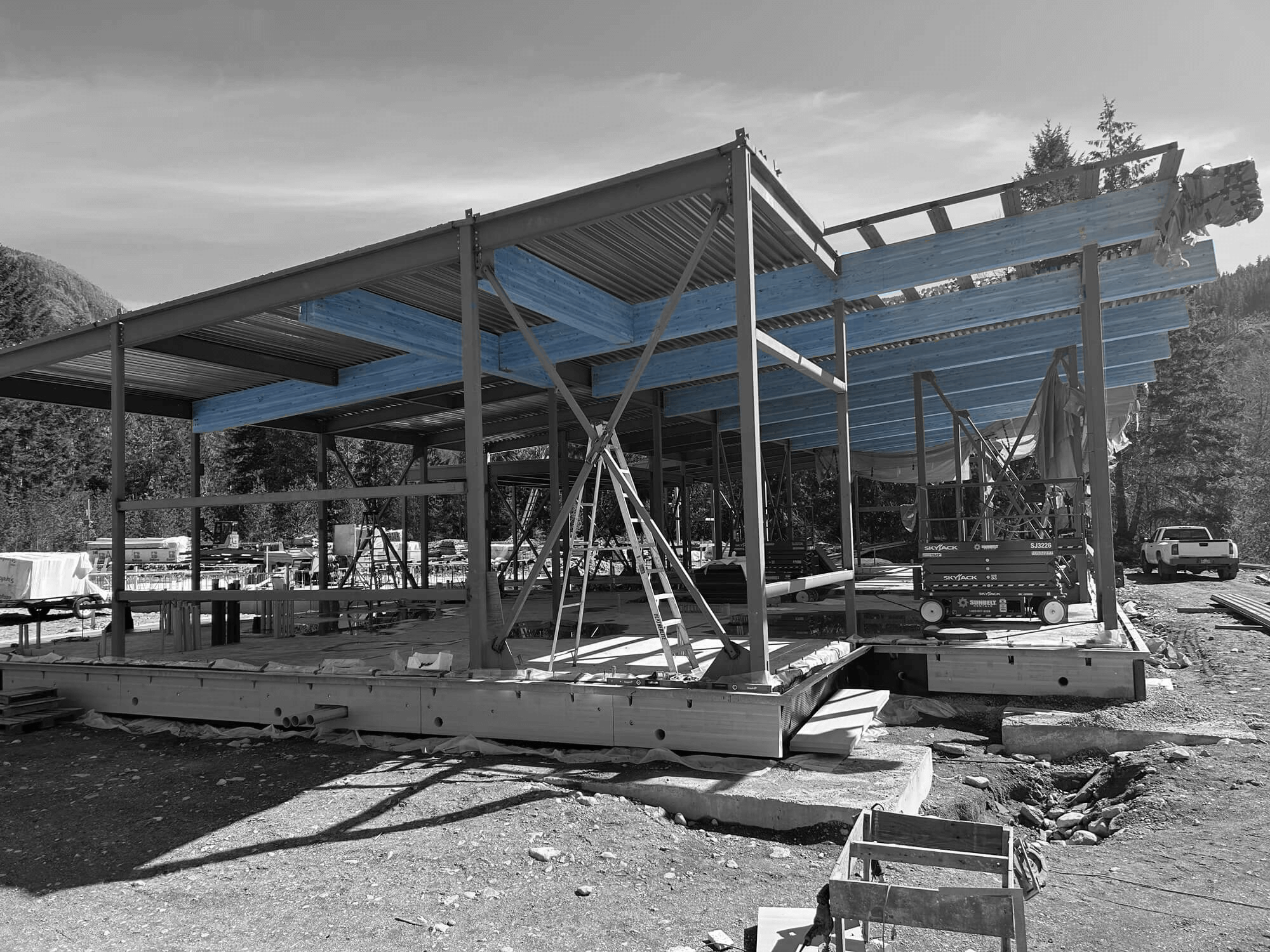Safety is a top priority in process mechanical operations, especially when dealing with complex systems like those used in industrial and municipal markets. It’s a big task, and doing it safely is the primary goal. Whether in Surrey, Mississauga, Ontario, or BC, understanding and executing safety precautions can prevent accidents and keep operations running smoothly. In particular, process mechanical work involves intricate systems that are essential for various sectors. Having strong safety measures guarantees that these systems function efficiently and protect those involved.
In places like Surrey and Mississauga, where industries are growing, the focus on safety in mechanical operations is vital. These areas are hubs for industrial and municipal activities, making it necessary to maintain high safety standards. With the right precautions, these operations can support community needs effectively while ensuring worker well-being. Let’s explore how certain precautions, like using protective equipment and identifying potential hazards, can enhance safety across the board.
Personal Protective Equipment (PPE)
Wearing personal protective equipment, or PPE, is a cornerstone of safety in process mechanical operations. It’s astonishing how something as simple as wearing the right gear can prevent injuries and accidents. Here’s an easy checklist to ensure all is covered:
– Safety glasses: Keep eyes safe from splashes, dust, and chemical exposure.
– Hard hats: Protect against head injuries, especially in busy work areas.
– Ear protection: Essential in loud environments with heavy machinery.
– Gloves: Vital for preventing hand injuries when handling tools and equipment.
– Steel-toed boots: Provide foot protection from falling objects and rough terrain.
Using PPE is just the beginning. Knowing how to maintain and use these items properly is just as important. For example, safety glasses need to fit snugly without gaps. Gloves should be checked regularly for tears or wear. Just remember, the better you take care of your gear, the better it will take care of you. Simple yet effective, PPE is a reliable first line of defense. Let’s keep it practical and ensure everyone knows their gear like the back of their hand.
Hazard Identification and Risk Assessment
Recognizing potential hazards before they turn into accidents is key to maintaining a safe workplace. The process starts with a thorough inspection of the site to identify any physical, chemical, or mechanical risks. Part of this involves walking around the site, noting areas with high traffic, sharp edges, or complex machinery. Workers should be involved, as they often see daily risks that might be missed during a quick walkthrough.
Once hazards are identified, it’s time to assess them. Consider the likelihood of each risk causing harm and how severe that harm could be. Likelihood deals with how often the hazard might result in an accident. Severity considers the potential impact. A full risk assessment helps to prioritize which hazards need immediate action. After assessing, the next step is to create a strategy to reduce these risks. This might mean installing barriers, redirecting workflows, or simply putting up more informative signs. A well-conducted risk assessment is like having a map that guides you where to apply safety measures first.
Safe Handling of Equipment and Materials
Handling equipment and materials the right way prevents many workplace accidents. To start, make sure all employees are trained to use each piece of equipment. Equipment not in use or broken should be properly stored and labeled to avoid any mix-ups. Regular checks ensure machines are running smoothly and safely.
Here are some simple but effective guidelines:
– Before using any equipment, inspect it for signs of wear or damage.
– Use the right tool for the job. This might sound simple, but using improper tools often results in accidents.
– Clear pathways to avoid trips and ensure ease of movement around workspaces.
– Store materials safely. For instance, heavy objects should be placed on lower shelves to prevent injuries from falling items.
Setting aside time for training and regular maintenance is key. Encourage workers to report faulty equipment immediately so it can be repaired or replaced. When everyone is on the same page, the worksite becomes a much safer place, and even the most dangerous tasks can be handled with confidence.
Emergency Response Plans
An emergency response plan is vital in reacting effectively to incidents when they occur. Start by identifying potential emergencies that might affect the site, whether they’re spills, fires, or equipment failures. Each potential emergency should have a specific plan with clearly outlined steps to follow.
A reliable emergency plan includes:
1. An easily accessible list of emergency contacts.
2. Clear evacuation routes and procedures.
3. Designated safety officers or first responders among staff.
4. Regular drills to practice emergency procedures.
Training is a big part of this. Conducting regular drills helps keep everyone prepared and calm in actual emergencies. Familiarity with what to do during crises reduces panic and ensures quick, effective responses.
Staying Cautious and Protected
Overall, process mechanical operations can be safely managed with careful planning and thorough precautions. Keeping everyone informed about potential hazards and how to deal with them can mitigate risks significantly. Remember, safety doesn’t happen by accident; it’s a team effort that depends on everyone paying attention and taking responsibility. Implementing these strategies might seem challenging at first, but with consistent effort and diligence, they become second nature. Adopting a safety-first mindset not only safeguards workers but also ensures that operations continue efficiently and effectively.
To ensure your process mechanical operations are safe and efficient, turn to the expertise of Industra Construction Corp. Our comprehensive approach to industrial construction upholds the highest safety standards, helping you maintain productive and accident-free workplaces. With a commitment to excellence and worker safety, let us support your project with tailored solutions that meet industry demands. Trust in our experience to enhance safety and optimize your operations.




